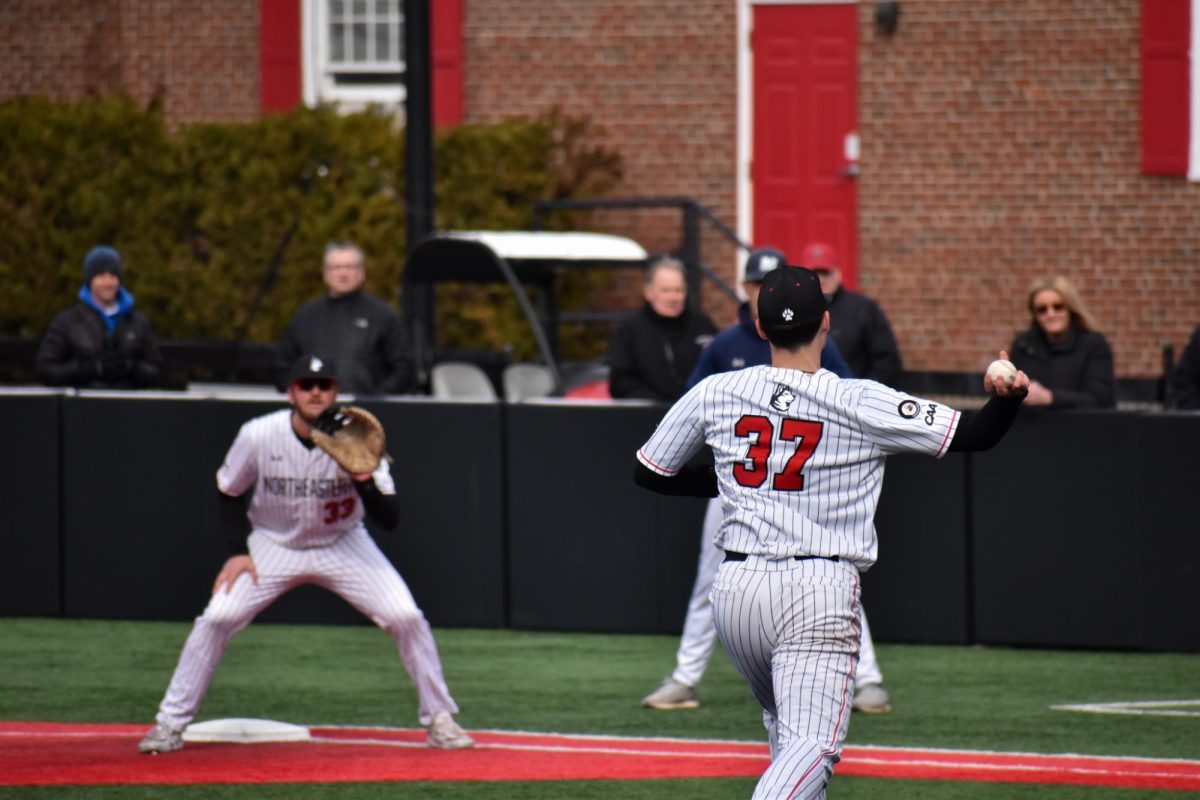While sitting in the cheap seats watching the Red Sox host the Detroit Tigers a few weeks ago, I was struck by some of the stats being posted on the Jumbotron as each new batter approached home plate. Of the 10 Boston hitters with a plate appearance that night, half were hitting below .250. Keep in mind, this is the team with the best record in baseball.
Having been born in 1990, I was baptized into fanhood during the height of the steroid era and its gaudy numbers. During that period, one might expect the catcher and middle infielders on a contender to dip below .270, but four or five position players below .250 was unheard of.
The current league-wide batting average is .254, a low that hasn’t been hit since 1989. Suffice it to say, we are seeing the impact of Major League Baseball’s performance enhancing drug testing – ground balls that used to shoot past diving infielders are in range and long fly balls are falling harmlessly on the warning track.
It’s hard to accept how inflated our offensive expectations were when you compare steroid era stats to the current “clean era.” In 1999, 55 batters registered averages of over .300. Currently, only 24 hitters are above that mark this season. In the history of the game, there have been 312 40-home run seasons. Over 40 percent of them came during the 11-year period from 1996-2007.
Last season, Miguel Cabrera posted an incredible .330/44 HR/139 RBI stat line in a campaign that won him the American League MVP and the Triple Crown. During the peak steroid years, Cabrera wouldn’t have led the league in any of those categories, let alone all three of them.
As offensive numbers slide, the bar for pitchers gets higher. While there were undoubtedly hurlers who used PEDs (see Clemens, Roger), use among position players seems to have been far more rampant. Of the 92 players with some major league experience that have faced PED related suspensions since the league began random drug testing in 2004, 38 were pitchers. Given that most teams carry 12-13 pitchers on their active 25 man roster, pitchers are underrepresented among caught PED users, meaning either less of them are/have been doping, or their use has gone undetected.
Further, of the position players suspended, there are three MVPs, six Silver Slugger award winners and 14 former All-Stars. Of the pitchers suspended, there is one Cy Young Award winner, and three former All-Stars. Not only were comparatively fewer hurlers using PEDs, the ones who were using, weren’t as prominent as the doping position players.
This being the case, pitchers’ stats should get better, rather than decline in lock-step with batters.
The current league-wide ERA is 3.89, the lowest it’s been since 1990. Compare that to 2000, when pitchers averaged out to an ERA of 4.77. Average WHIP (walks + hits / innings pitched) is down to 1.35 from levels of 1.45 in the mid-2000s.
With less power at the plate, hitters are also getting fewer free passes. In 2012, there were 14,709 walks issued to batters, compared to season-totals of over 16,000 during the steroid era.
We are still a long way away from another Year of the Pitcher (1968), but there seems to be a better competitive balance between the mound and the batter’s box.
The purist in me walked away from my trip to Fenway that night thrilled to have seen Jon Lester beat Max Scherzer in a classic pitcher’s duel. The Sox pitching dealt Cabrera an 0-4 night and combined to strand eight Tigers on the base paths while the offense scraped together two runs on six hits.
I had tickets to the following night’s game, when, of course, the Sox put up 20 runs with the help of eight long balls. While every home run lifted me from my seat, I left with Boston up 13-4 in the sixth, wishing I had a reason to stay.
Thankfully, it looks like it won’t be something I’ll have to get used to.
– Dylan Lewis can be reached at [email protected]













